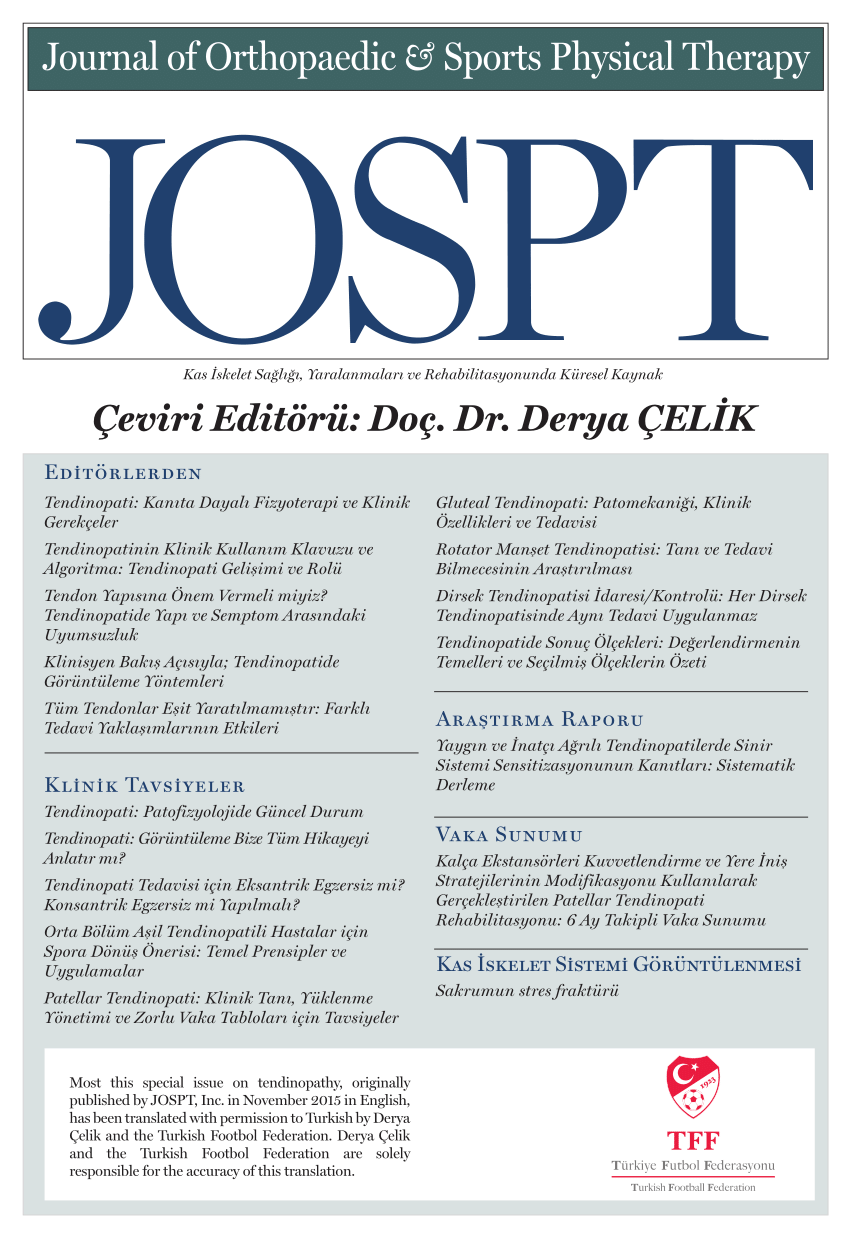
Dry needling and manual therapy offer similar short-term outcomes for neck pain

Dry needling and manual therapy offer similar short-term outcomes for neck pain
Comparison of the Short-Term Outcomes Between Trigger Point Dry Needling and Trigger Point Manual Therapy for the Management of Chronic Mechanical Neck Pain: A Randomized Clinical Trial
J Orthop Sports Phys Ther. 2014 Nov;44(11):852-61.Did you know you're eligible to earn 0.5 CME credits for reading this report? Click Here
Synopsis
94 patients with chronic mechanical neck pain were randomized to undergo two sessions of either trigger point (TrP) dry needling (DN) or TrP manual therapy (MT) to compare the short-term efficacy of both interventions. Pain, function, pressure pain sensitivity, and cervical range of motion were evaluated up to 2 weeks post-treatment. Results revealed that neck pain intensity, disability, function ...
To view the full content, login to your account,
or start your 30-day FREE Trial today.
FREE TRIAL
LOGIN
Forgot Password?
Explore some of our unlocked ACE Reports below!

Learn about our AI Driven
High Impact Search Feature
Our AI driven High Impact metric calculates the impact an article will have by considering both the publishing journal and the content of the article itself. Built using the latest advances in natural language processing, OE High Impact predicts an article’s future number of citations better than impact factor alone.
Continue



 LOGIN
LOGIN

Join the Conversation
Please Login or Join to leave comments.